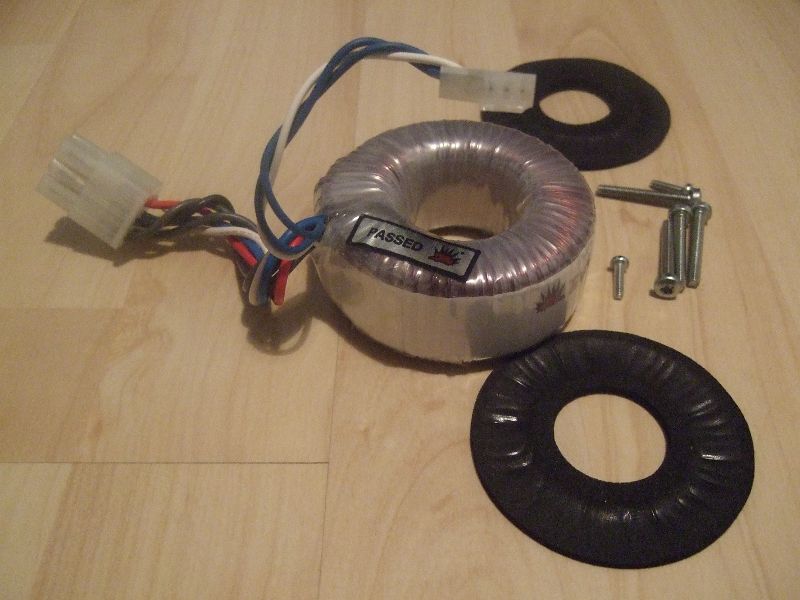Service said that, although there are internal fuses, it was most likely to be the transformer.
Repair was quoted at around £150, or £40ish to send me the replacement transformer.
Today I opened it up for the first time and took some photos - it's always interesting looking inside things like this. Thought I'd share and see if anyone had anything to add:
Used a T20 torx bit to take off the four screws at the rear.
A 5mm Alan key fits the other two screws, but they're just to hold the drivers in and are not structural per se.
The back pops off easily. Nice thin-bead gasket around the join.
Without the Allan bolts, the drivers fall away from the grilles, which is a bit of a surprise.
There's one of the internal fuses.
Oh look!
That fuse is black! This is part of the problem! I know fuses don't usually blow without good reason, but I've ordered a replacement from ebay for a few quid in case the fuse failed. The worst that can happen is that it blows again.
A photo of the connector.
The big toroid. Not sure how to test if this is faulty or not. Can't see any burn marks.
The fuse that blew was F3 which, from the location, looks like it feeds the toroid transformer.
Toroid detail.
Rear of tweeter.
Tweeter. Looks like a bucking ferrite design.
Woofer. Was pretty dusty after 10 years so gave it a clean.
Rear of the woofer, where the Allan bolt holds it in place.
Driver looks like paper with some kind of doping on the front.
Hope someone finds this interesting!


